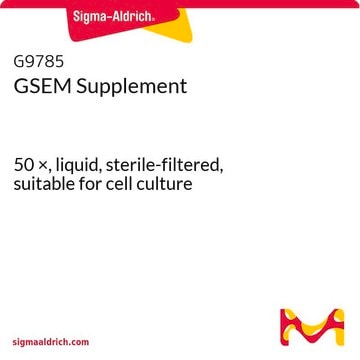A4284
L-Asparagine monohydrate
suitable for cell culture, BioReagent
Synonym(s):
(S)-(+)-2-Aminosuccinamic acid, (S)-2-Aminosuccinic acid 4-amide, L-Aspartic acid 4-amide
About This Item
Recommended Products
biological source
synthetic
product line
BioReagent
assay
≥99% (TLC)
form
powder
technique(s)
cell culture | mammalian: suitable
color
white to off-white
mp
233-235 °C (lit.)
SMILES string
[H]O[H].N[C@@H](CC(N)=O)C(O)=O
InChI
1S/C4H8N2O3.H2O/c5-2(4(8)9)1-3(6)7;/h2H,1,5H2,(H2,6,7)(H,8,9);1H2/t2-;/m0./s1
InChI key
RBMGJIZCEWRQES-DKWTVANSSA-N
Looking for similar products? Visit Product Comparison Guide
Application
- as a media supplement to culture Black Mexican Sweet (BMS) cells
- to prepare Adams III media to supplement C+Y medium for culturing Streptococcus pneumoniae
- in an asparagine-rich diet to study the E0771 syngeneic breast tumor growth and survival in mice
Biochem/physiol Actions
Storage Class
11 - Combustible Solids
wgk_germany
WGK 1
flash_point_f
Not applicable
flash_point_c
Not applicable
ppe
Eyeshields, Gloves, type N95 (US)
Certificates of Analysis (COA)
Search for Certificates of Analysis (COA) by entering the products Lot/Batch Number. Lot and Batch Numbers can be found on a product’s label following the words ‘Lot’ or ‘Batch’.
Already Own This Product?
Find documentation for the products that you have recently purchased in the Document Library.
Customers Also Viewed
Protocols
MTT assay protocol for measuring cell viability, proliferation and cytotoxicity. Instructions for MTT reagent preparation and examples of applications.
Perform colorimetric assays for nonradioactive quantification of cellular proliferation, viability, and cytotoxicity for adherent or suspension cells cultured in 96-well microplates.
Our team of scientists has experience in all areas of research including Life Science, Material Science, Chemical Synthesis, Chromatography, Analytical and many others.
Contact Technical Service










